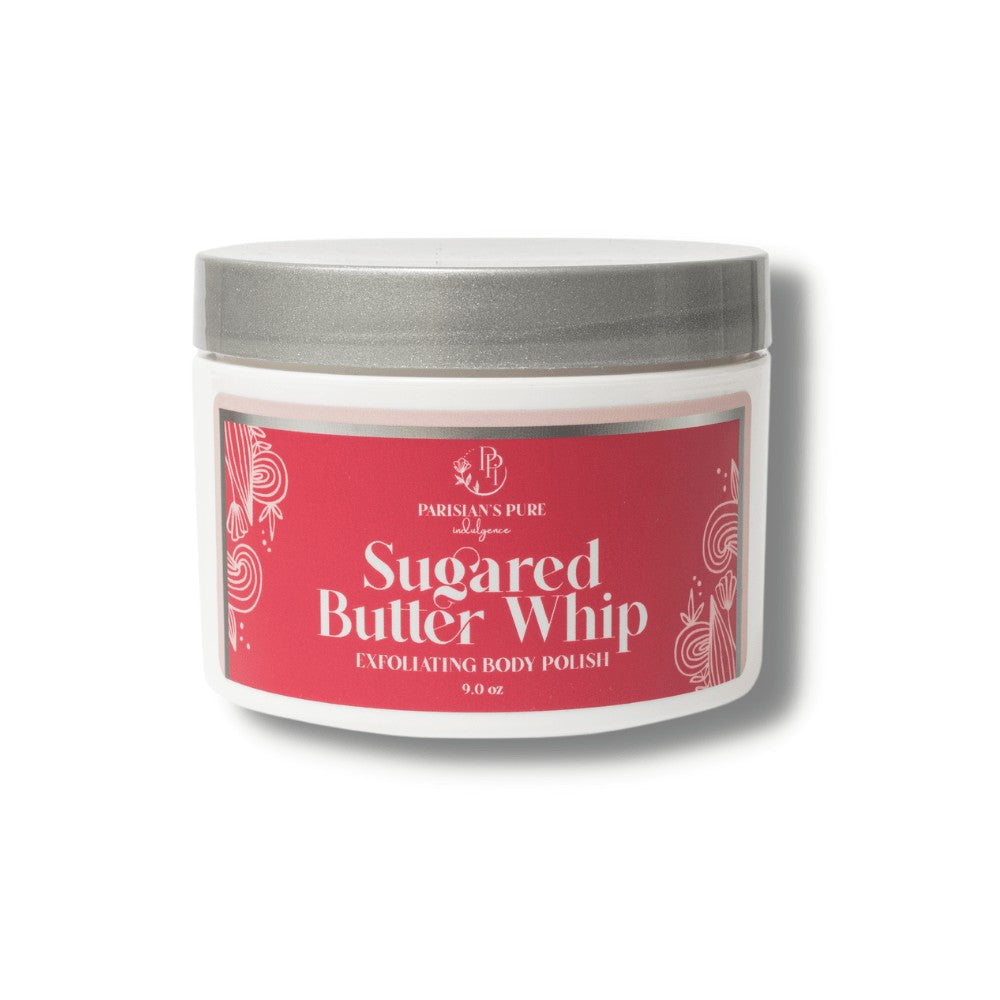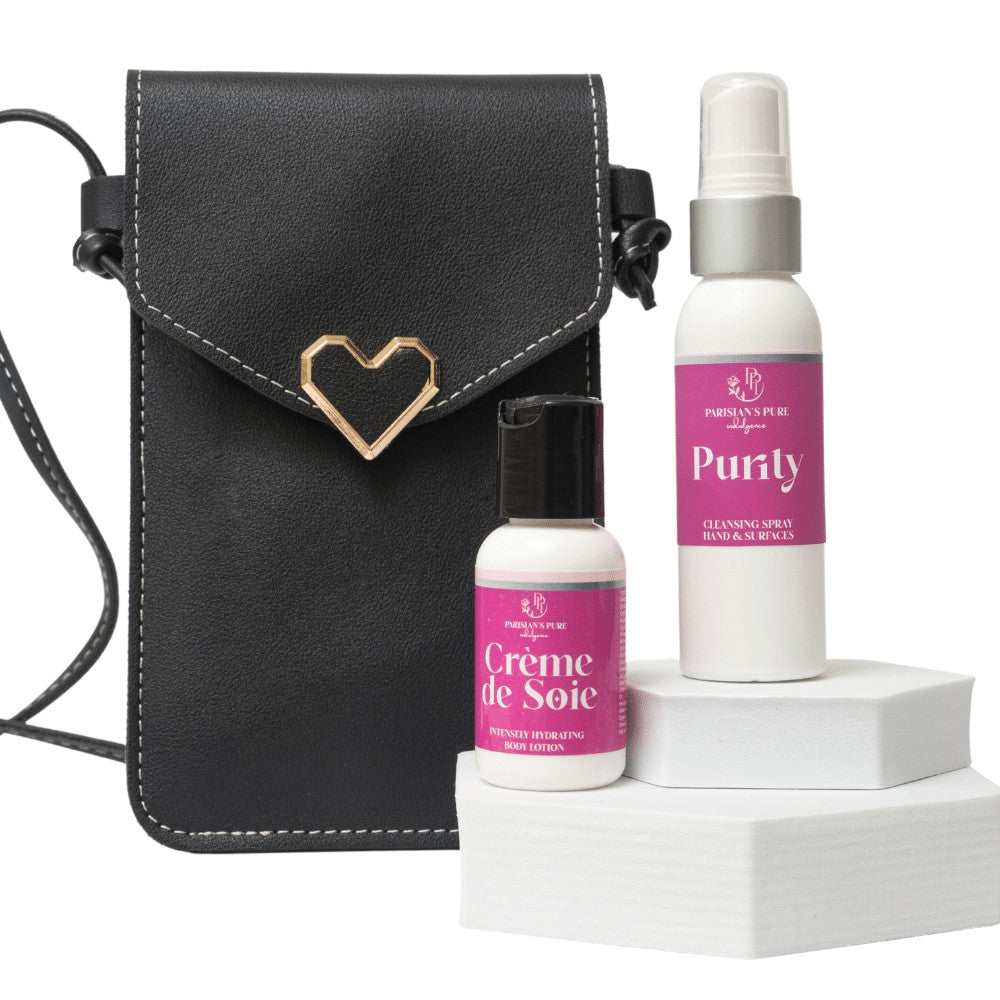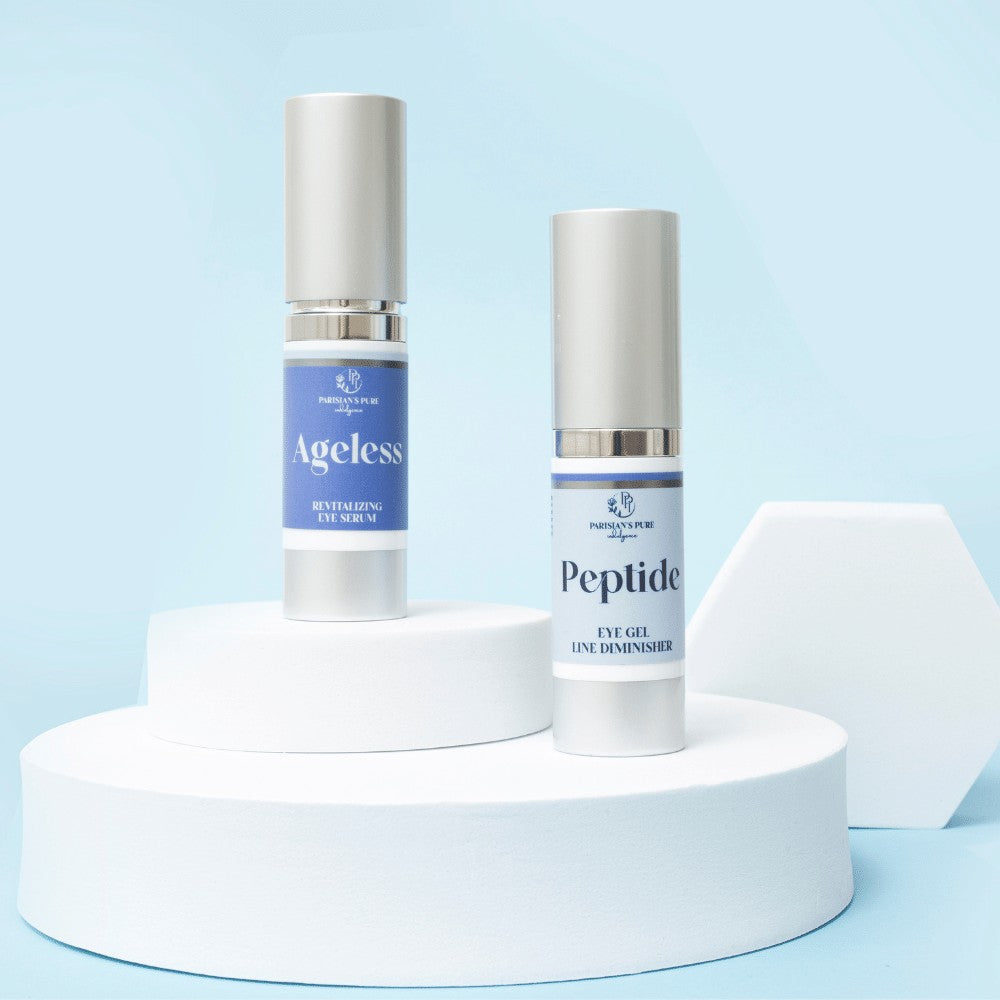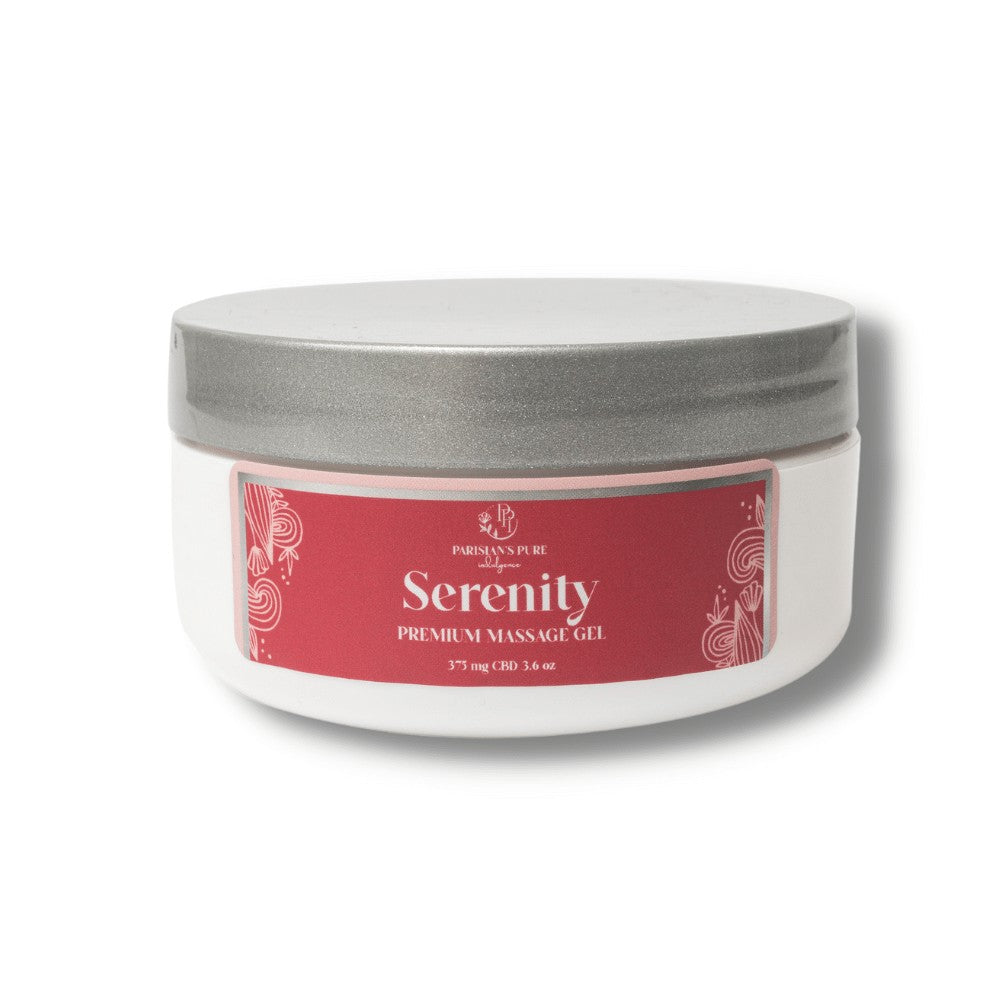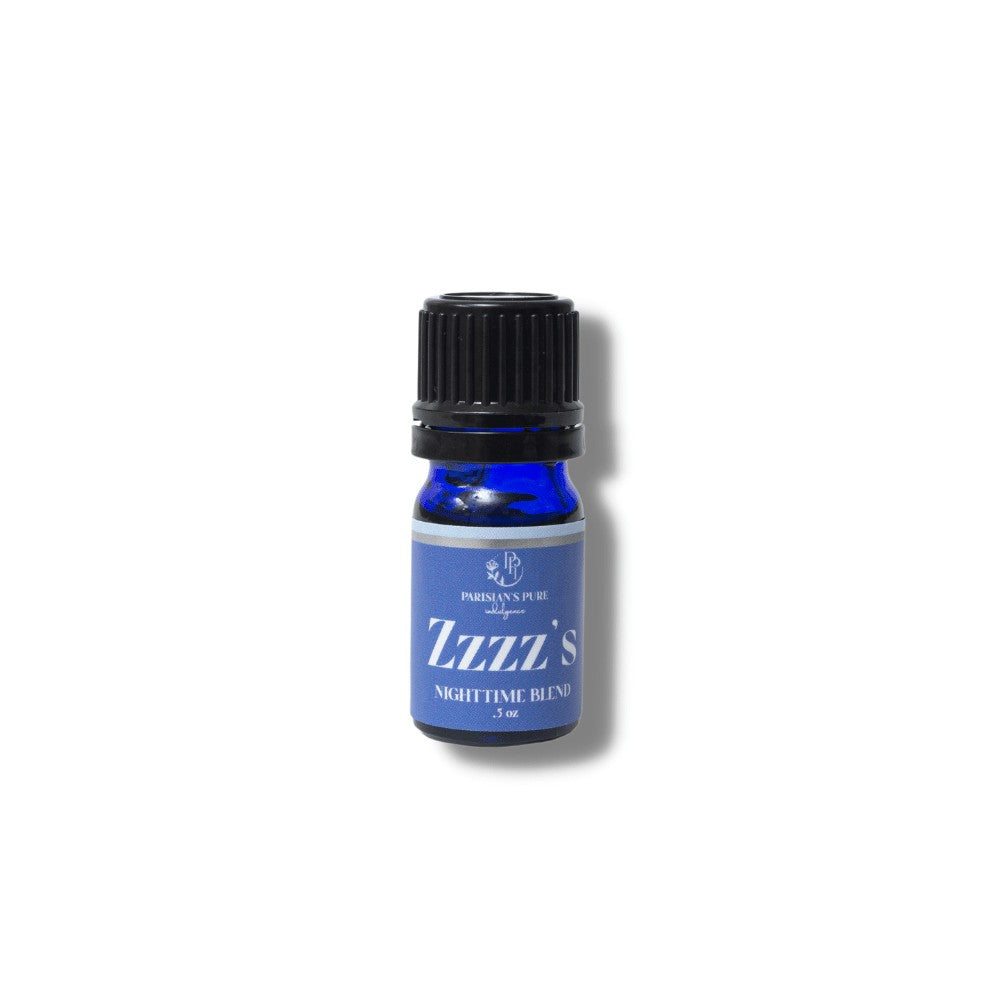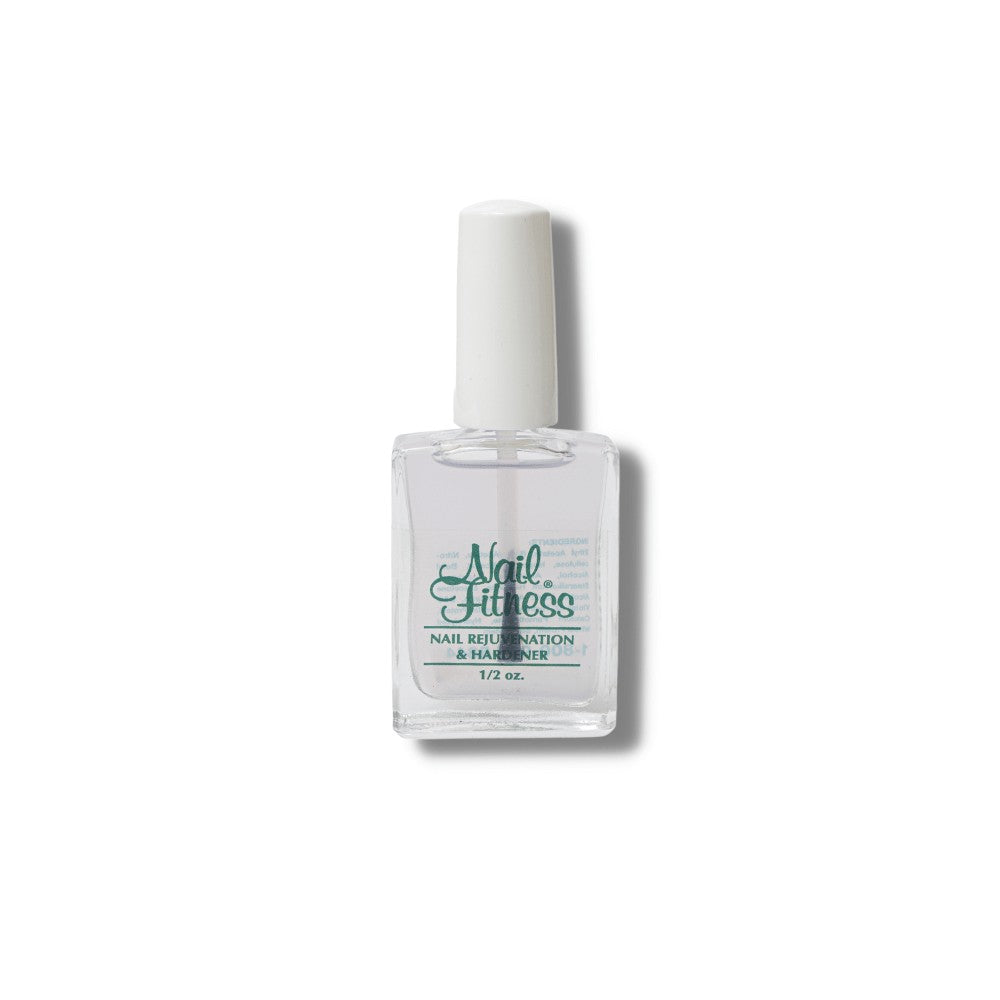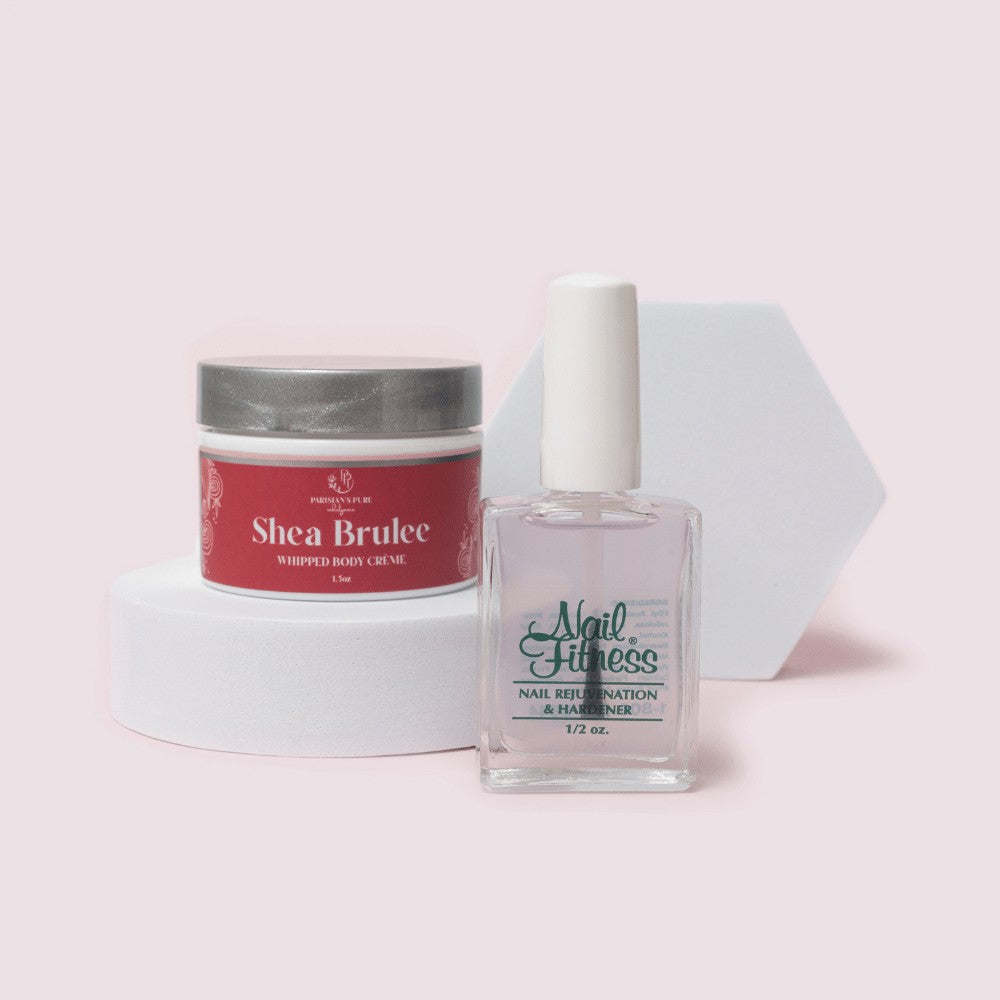5 tips to healthy feet
Feet can be the most neglected part of our bodies, but pay dividends if taken care of properly. We'll address 5 common foot problems and what we can do to take care of our feet for years to come. After all, they'll be taking care of us for years to come.
1. Sweaty, stinky feet
This is a common problem, especially in hot weather or when wearing closed-toe shoes. The sweat glands in our feet are larger than those in other parts of our body, so they produce more sweat. This sweat can mix with bacteria on our skin, causing a foul odor.
Tips to keep feet fresh -
- Wash your feet daily in an antibacterial soap and towel dry - be sure to dry between your toes!
- If you have severe foot odor, soak your feet in strong black tea (two tea bags per pint of water, boiled for 15 minutes and mixed with 2 quarts of cool water) 30 minutes a day for a week.
- Newer treatments for foot sweat/odor - Botox injectionsor a topical called Qbrexa (Glypyrronium). Talk to your doctor about these treatments.
2. Ingrown Toenails
There are ingrown nails, and then there are severely ingrown toenails that require surgery or treatment from a podiatrist. This is an example of a severely ingrown nail.

To prevent ingrown toenails that are not serious you can pack a tiny bit of cotton under the corners of your toenails where they are digging in. This will lift the nail slightly and keep it from digging in. Replace the cotton every 3-4 days.
Here are some additional tips to prevent ingrown toenails:
- Trim your toenails straight across, not too short.
- Wear shoes that fit properly and are not too tight.
- Avoid wearing shoes that are made of synthetic materials, as these can trap moisture and make your feet sweat.
- Soak your feet in warm water for 10-15 minutes daily.
- Apply an antibiotic ointment to the affected area if the skin is red or inflamed.
If you have diabetes do not attempt to treat ingrowns (except preventative measures) yourself. Please see a doctor for treatment.
3. Corns and Callus
Corns are primarily found on the top of our feet/toes while callus forms on sides and bottoms of our feet.
The best treatment for corns is a preparation with salicylic acid. This is a keratolytic, meaning it dissolves the protein, or keratin, that makes up the corn and dead skin around it.
Calluses can be removed by soaking your feet in warm water for 10-15 minutes to soften the skin. Then, you can use a metal or foam scrubber to gently remove the dead skin. Pumice stones can be used to smooth the skin, but they are not effective at removing calluses. If you have a thick or hard callus, you may need to use a callus remover cream or gel.
I recommend using one of these every day in the shower after exfoliating with a sugar scrub like our Sugared Butter Whip Body Polish. The combination works! The Sugared Butter Whip needs only to be used 3 times per week, but use the scrubber daily to keep callus at bay.
4. Feet swelling or edema
When fluid accumulates in tissues, it's called edema. While edema usually resolves on its own, there are some home remedies that may reduce the swelling more quickly and increase foot comfort. Here are 5 home remedies to try.
- Drink 8-10 glasses of water daily (especially on days you're traveling) - When your body isn’t hydrated enough, it holds onto the fluid it does have. This contributes to swelling.
- Soak feet in a cool Epsom Salt bath 15-20 minutes - Epsom salt (magnesium sulfate) may not only help with muscle pain. It may also reduce swelling and inflammation. The theory is that Epsom salt draws out toxins and increases relaxation.
- Elevate your feet above your heart - elevate feet on pillows or cushions when you sleep. Practice legs up on the wall pose.
- Magnesium supplements- if you retain water you may have a magnesium deficiency. Try adding magnesium rich foods to your diet. Almonds, Broccoli, Tofu, Spinach, Cashews, Dark Chocolate, Avocados are all rich in magnesium. 200-400 milligrams of magnesium daily may help with swelling. Always check with your doctor before adding a supplement to your diet. Magnesium is not right for everyone.
- Reduce sodium and lose weight - decreasing the sodium in your diet can reduce swelling in your body, including your feet. Being overweight can cause reduced blood circulation, leading to swelling of the lower extremities. It can also lead to extra strain on the feet, causing pain when walking. This can result in being more sedentary — which can also cause fluid buildup in the feet.
5. Bunions
Bunions are a symptom of a progressive bone disorder. Factors that add to the risk of bunions are:
- Overpronation, which means having a low arch or uneven weight-bearing in the foot and tendon that makes the toe joint unstable.
- Hypermobility, or having a big toe bone that moves more than usual
- Type of arthritis, such as rheumatoid arthritis.
Some people believe that years of wearing high-heeled or narrow shoes promote the growth of bunions. They might aggravate already-existing bunions, but they don't cause bunions to develop.
Lifestyle changes to relieve bunion pain may include:
- Properly fitting shoes. Have a specialist properly measure and fit you for shoes that leave sufficient space inside for the toes, to relieve pressure.
- Shoe inserts - Also known as orthotics. These inserts relieve pressure on the toe.
- Anti-inflammatories - Ibuprofen, cortisone injections and topical treatments that include CBD to reduce inflammation.
Always consult with a doctor for problems such as severe ingrown toenails, swelling, and bunions, especially if you are diabetic.
Lastly, invest in a pedicure once a month. Not only will your feet feel better, it's a healthy way to self care and reduce stress.

